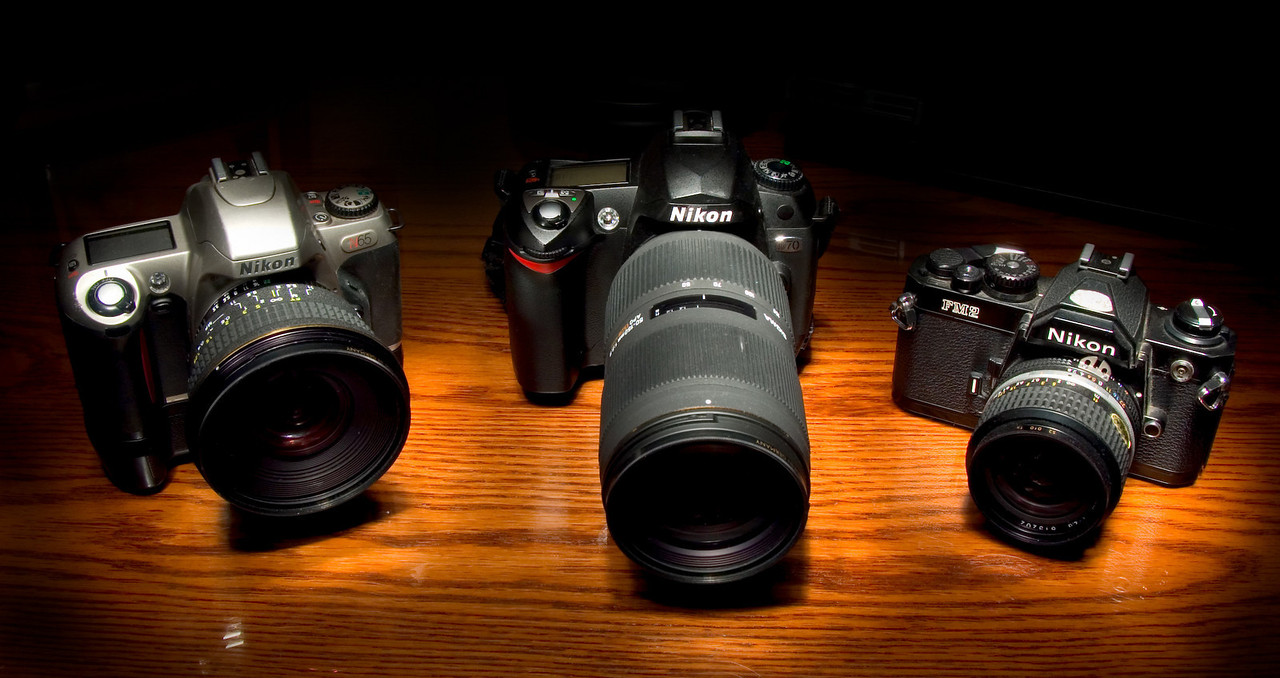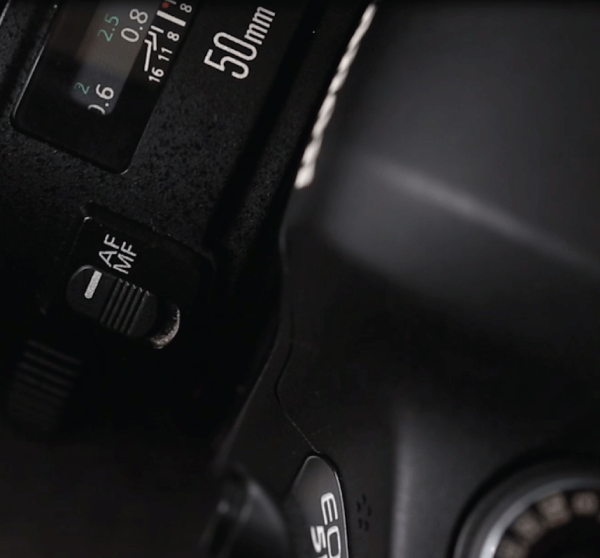-
Term: Manual Focus
Description: Manual focus refers to a method of adjusting the focus of a camera lens manually by the photographer, as opposed to using autofocus, which relies on the camera's built-in mechanism to automatically focus on the subject. When operating in manual focus mode, the photographer takes full control over the focus adjustments, allowing for precise and intentional focusing on specific elements within the scene. This technique is particularly useful in situations where autofocus might struggle, such as low-light conditions, complex compositions, or when the desired subject is not the closest object to the camera. Photographers use the focusing ring on the camera lens to achieve sharpness and clarity in their images, and manual focus is commonly employed in creative photography, macro photography, and situations where artistic control over the focus plane is critical to the final outcome. It’s also useful when shooting any static situations, such as landscape photography or macro photography where precise focusing is necessary.
Manual Focus

Manual Focus Explained
Manual focus is the process of bringing a lens into focus by hand. This can be done by turning the focusing ring on the lens, and observing the subject through the viewfinder or on the LCD display in live view.
Optical viewfinders on older, manual focus only film SLR cameras often had a split screen viewfinder, which is a feature that aided in precise manual focusing by displaying a split image circle in the center of the viewfinder. The photographer would focus by aligning the two halves of the split view, similarly to in a rangefinder camera but performed through the lens instead.

Modern SLR cameras, both digital and film with optical viewfinders, have mostly opted to use designs which were optimized for viewfinder brightness and autofocus. This made it more difficult to focus manually through the optical viewfinder, as precise focus was hard to discern. Other focusing aides were added to these systems, using the autofocus points themselves to detect whether a lens had been manually focused correctly. Canon’s method involved illuminating an autofocus point when the subject was manually brought into focus, while Nikon’s method involved a small “in-focus” indicator light, and “near/far” indicators on some advanced Nikon cameras.
Now, many modern digital cameras (with optical and electronic viewfinders alike) can use the live image from the sensor itself to aide in manual focusing. (Known as Live View on a DSLR camera)

Using the digital sensor itself, manual focusing can be performed using high magnification if desired, allowing for great precision whether shooting with the lens wide open or stopped down.
Mirrorless cameras with an electronic viewfinder offer this manual focus ability through the viewfinder itself, sometimes with magnification automatically applied any time the lens’ focus ring is turned. This convenient, quick, on-demand precision has allowed manual focusing to become common among serious photographers again, and even preferable to autofocus in certain conditions such as shallow aperture shooting in low light, for either still photography or video recording.
Related Articles to Manual Focus Definition
Perseid Meteor Shower 2020 | Five Tips For The Best Meteor Photos!
If you’re looking for something exciting to do this weekend, then you should check out this year’s Perseid Meteor Shower! One of the strongest, most impressive meteor showers every year, the Perseids always deliver at least a handful of truly stunning, giant meteors streaking across the sky.
10 Common Long Exposure Photography Mistakes to Avoid
Long exposures have become an increasingly popular form of photography over the last few years. With the right tools and…
Rokinon 50mm f/1.4 Lens Review | Best Budget 50mm Manual Focus Lens?
Alrighty then, since I didn’t have very much time with this lens, I’ll get right to the point: Here’s another…




Get Connected!